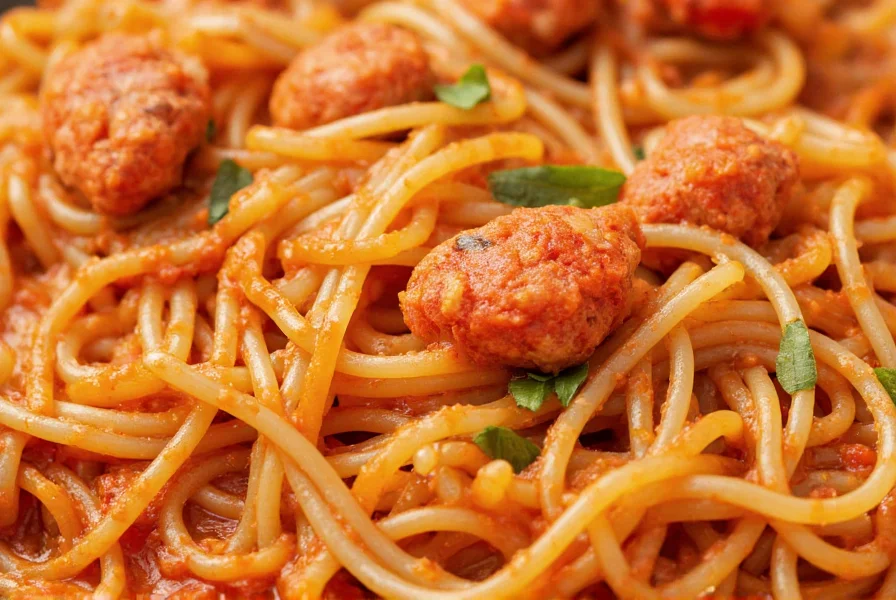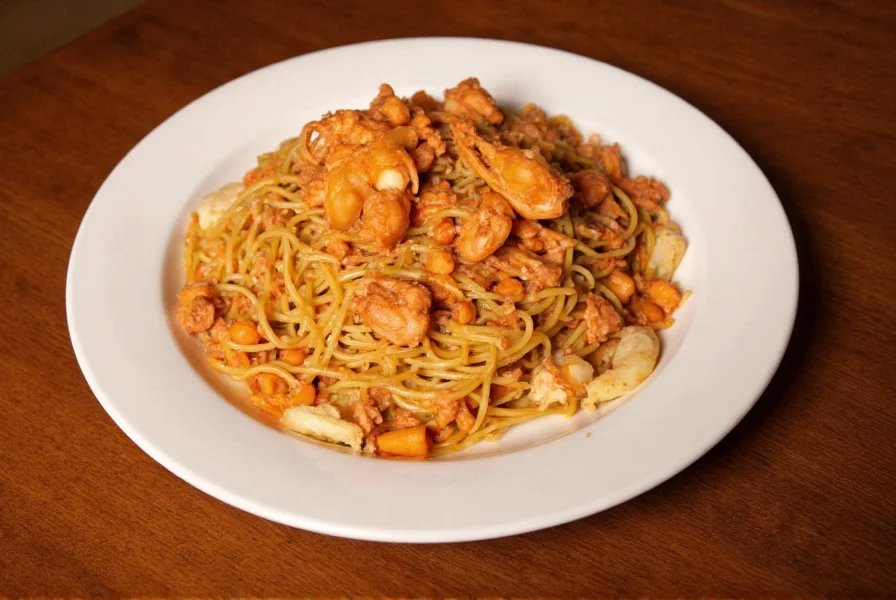When Uncle Roger reviewed a chili crab pasta recipe in 2020, his deadpan delivery and "this is very unoriginal" commentary turned a simple cooking critique into a global phenomenon. The Malaysian comedian's viral video exposed common Western adaptations that miss authentic Singaporean chili crab elements, creating both entertainment and genuine culinary education.
The Origin of Uncle Roger's Chili Crab Pasta Sensation
Nigel Ng, performing as Uncle Roger, gained massive popularity through his Low Chee Seng YouTube channel where he humorously critiques cooking videos. His "chili crab pasta" review struck a chord because it highlighted the cultural disconnect between authentic Asian cooking techniques and Western recipe adaptations.
"Why you use ketchup? This is very unoriginal," became one of his most quoted lines as he demonstrated how common substitutions compromise the dish's integrity. The video's success wasn't just comedy—it revealed genuine knowledge about Singaporean cuisine that many home cooks lacked.
Authentic Ingredients vs. "Garbage" Substitutions
Uncle Roger's critique centers on maintaining authentic flavors while adapting the dish for pasta. Here's what makes the difference between "nice" and "not nice" versions:
| Authentic Ingredients | Common "Garbage" Substitutions | Why It Matters |
|---|---|---|
| Fresh mud crab | Canned crab meat | Mud crab has distinctive sweet flavor and texture |
| Fresh red chilies | Chili powder or sauce | Fresh chilies provide brighter heat and aroma |
| Fermented bean curd | Ketchup or tomato paste | Provides umami depth without artificial sweetness |
| Proper wok hei technique | Boiling everything together | Creates distinctive smoky flavor essential to the dish |
Step-by-Step: Making Uncle Roger-Approved Chili Crab Pasta
Follow these steps for a version that would earn Uncle Roger's "very nice" approval rather than his signature disappointment:
- Prepare the crab: Use fresh mud crab if possible, steamed briefly then cracked. Avoid canned substitutes that lack texture.
- Create the sauce base: Stir-fry ginger, garlic, and fresh red chilies in oil until fragrant before adding tomato sauce and fermented bean curd.
- Add proper liquid: Use a combination of water and fish stock rather than just water for depth of flavor.
- Cook pasta separately: Al dente spaghetti works best—never cook pasta directly in the sauce as this creates "mushy" texture.
- Combine at the end: Toss cooked pasta in the sauce with crab just before serving to maintain texture.
- Add finishing touches: A splash of vinegar for brightness and fresh cilantro for garnish.
Common Mistakes Uncle Roger Would Criticize
Understanding what not to do is as important as following the recipe correctly. Uncle Roger's viral critiques highlight these frequent errors in Western adaptations:
- Using ketchup instead of proper chili base - "This is not Italian food, this is Singaporean food! Why you use ketchup?"
- Overcooking the crab - Results in rubbery texture that Uncle Roger would call "very sad"
- Skipping the wok hei - Cooking everything in one pot without proper high-heat technique
- Adding cheese - "Chili crab does not have cheese! This is very unoriginal!"
- Using the wrong pasta - Overly thick noodles that can't properly carry the sauce

Why This Recipe Became a Cultural Phenomenon
Uncle Roger's chili crab pasta critique resonated because it addressed a genuine gap in culinary knowledge while delivering entertainment. Food enthusiasts discovered they'd been making fundamental errors in adapting Asian recipes.
The video's popularity stems from Uncle Roger's unique ability to blend comedy with authentic culinary expertise. Behind the "nice rice" and "you're very unoriginal" jokes lies genuine knowledge of Southeast Asian cooking techniques that many Western cooks lack.
For those searching for authentic uncle roger chili crab pasta instructions, the key takeaway is respecting the original dish's integrity while thoughtfully adapting it to pasta format. This approach preserves cultural authenticity while creating something new.
Adapting the Recipe for Home Cooks
While Uncle Roger criticizes shortcuts, he understands home cooks have limitations. Here are acceptable adaptations that maintain authenticity:
- If fresh mud crab is unavailable, look for frozen Dungeness crab as a second-best option
- Substitute fish sauce for some of the salt to enhance umami without artificial flavors
- Use a cast iron skillet if you don't have a wok, but get it very hot before cooking
- Make the sauce first, then cook pasta so you control the texture properly
- Add a splash of rice vinegar at the end if you don't have fermented bean curd
Remember Uncle Roger's cardinal rule: "Don't put ketchup in Singaporean food!" This simple guideline preserves the dish's authentic flavor profile while allowing for reasonable substitutions based on ingredient availability.











 浙公网安备
33010002000092号
浙公网安备
33010002000092号 浙B2-20120091-4
浙B2-20120091-4